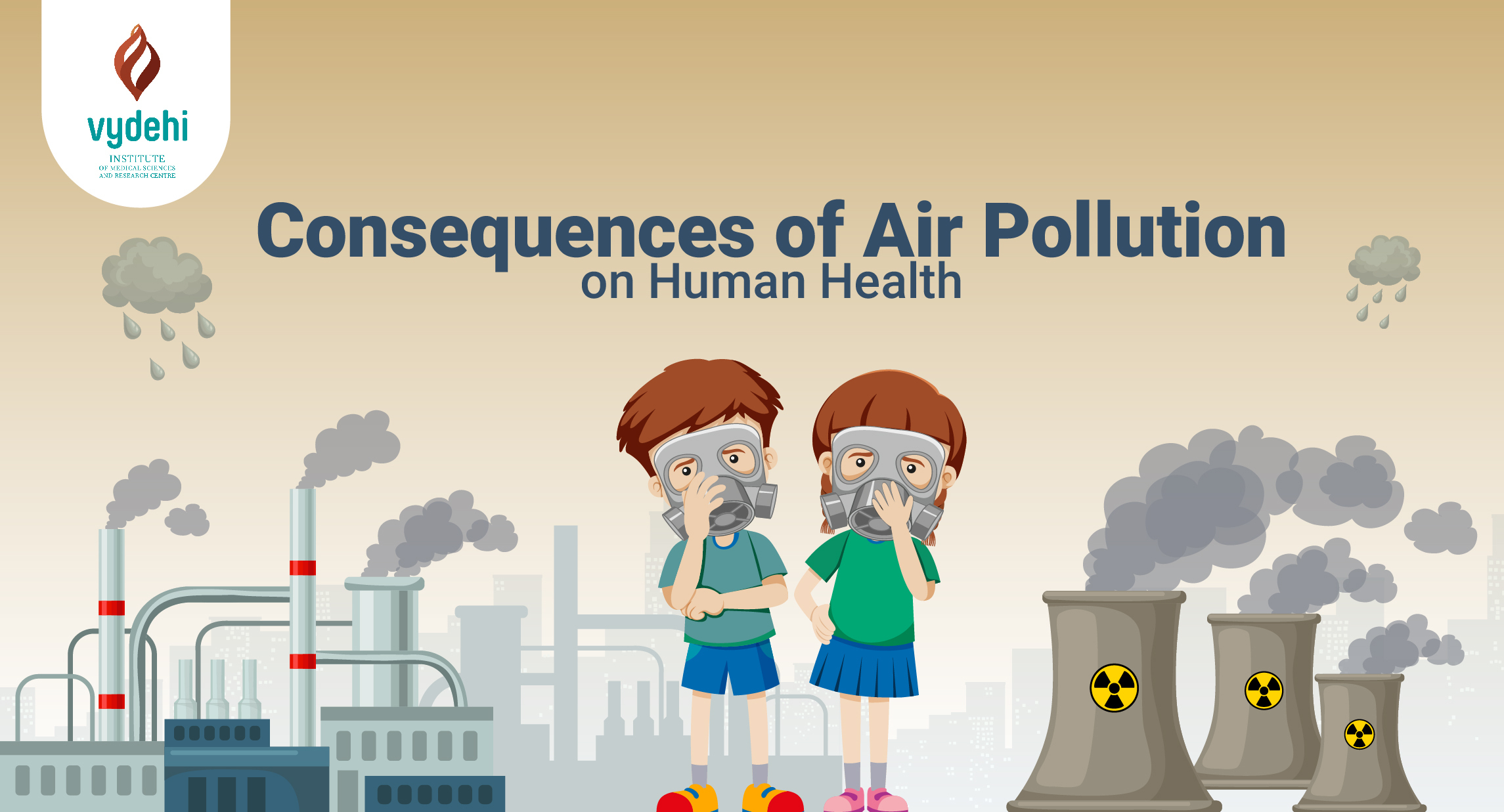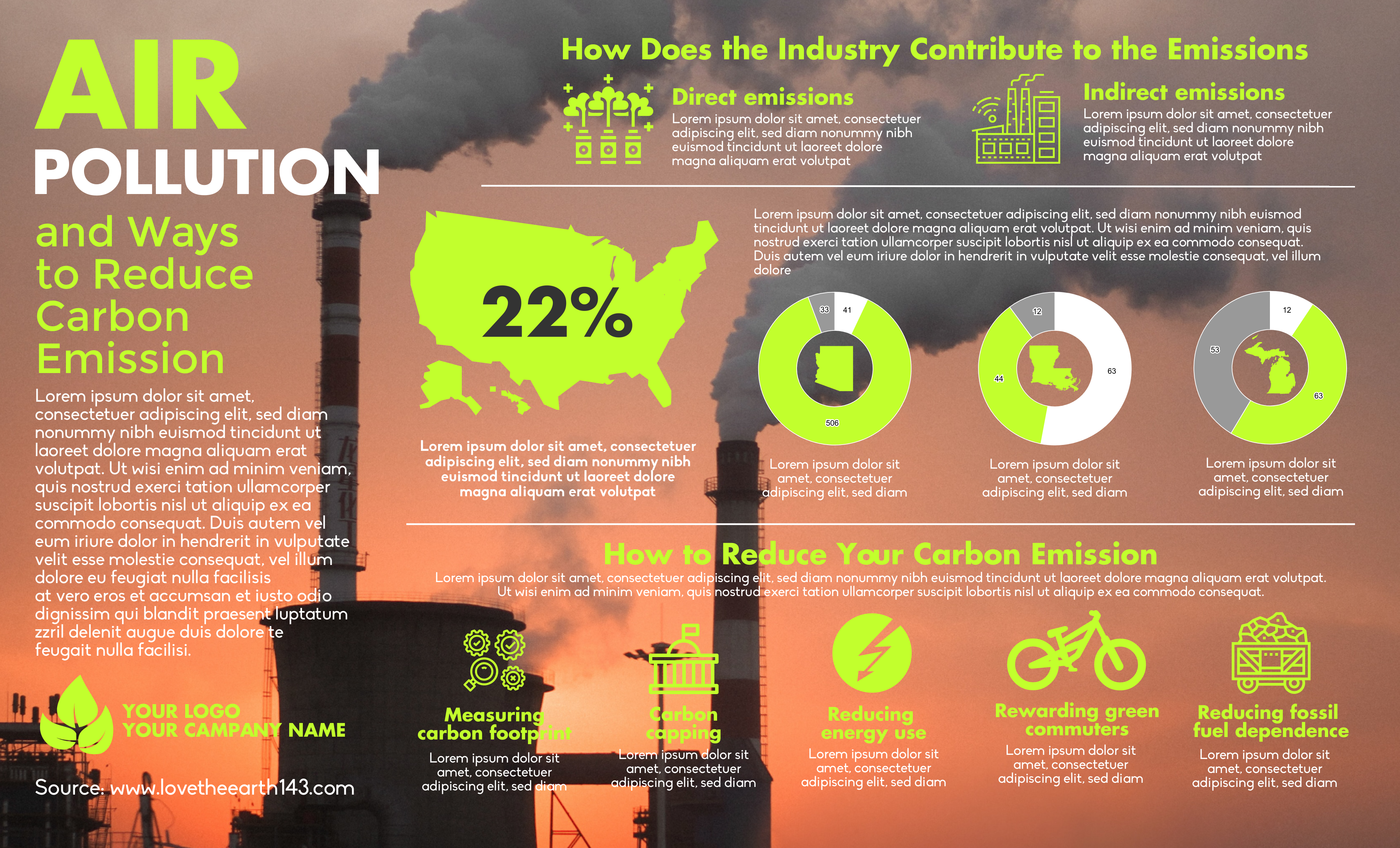Tehran's air pollution has been a rising concern for many years. The city's air quality is often ranked among the worst in the world.
In 2017, the World Health Organization (WHO) ranked Tehran as the 11th most polluted city in the world.
Editor's Note: Tehran's Air Pollution: Causes, Consequences, And Solutions was published on March 8, 2023. Air pollution is a major environmental and public health concern in Tehran, Iran. The city's air quality has been ranked among the worst in the world, and the problem is only getting worse. In this guide, we will explore the causes, consequences, and solutions to Tehran's air pollution.
Our team has spent months analyzing data, digging into research, and talking to experts to put together this guide. We've included everything you need to know about Tehran's air pollution, from the causes to the consequences to the solutions.
Key differences or Key takeaways
Causes of Tehran's Air Pollution
The main causes of Tehran's air pollution are:
• Vehicle emissions
• Industrial emissions
• Power plants
• Construction and demolition activities
• Burning of fossil fuels
Consequences of Tehran's Air Pollution
The consequences of Tehran's air pollution are severe and include:
• Respiratory problems
• Cardiovascular problems
• Cancer
• Premature death
Solutions to Tehran's Air Pollution
There are a number of solutions to Tehran's air pollution problem. These include:
• Reducing vehicle emissions
• Reducing industrial emissions
• Promoting the use of renewable energy
• Planting trees
• Educating the public about air pollution
By taking these steps, we can help to improve the air quality in Tehran and protect the health of its residents.
Conclusion
Tehran's air pollution is a serious problem, but it is one that can be solved. By working together, we can create a cleaner, healthier future for Tehran.

Air Pollution Causes Loop Concept Icon Cartoon Vector | CartoonDealer - Source cartoondealer.com
FAQs
The following frequently asked questions (FAQs) provide concise answers to common inquiries surrounding the topic of Tehran's air pollution, its causes, consequences, and potential solutions.

Premium Photo | Environmental pollution causes consequences and - Source www.freepik.com
Question 1: What are the primary causes of air pollution in Tehran?
Air pollution in Tehran primarily stems from a combination of factors, including vehicle emissions, industrial activities, power plants, construction, and dust from unpaved roads.
Question 2: What are the health consequences of prolonged exposure to air pollution in Tehran?
Prolonged exposure to air pollution in Tehran can lead to a range of adverse health effects, including respiratory problems, cardiovascular issues, and increased risk of cancer.
Question 3: What measures are being taken to address air pollution in Tehran?
Authorities in Tehran are implementing several measures to combat air pollution, such as promoting the use of cleaner fuels, implementing stricter vehicle emission standards, and investing in renewable energy sources. Tehran's Air Pollution: Causes, Consequences, And Solutions
Question 4: What can individuals do to reduce air pollution in Tehran?
Individuals can contribute to reducing air pollution by using public transportation, walking or cycling when possible, conserving energy, and supporting initiatives that promote clean air.
Question 5: What is the long-term outlook for air pollution in Tehran?
The long-term outlook for air pollution in Tehran will depend on the effectiveness of measures taken to address the root causes. Continued efforts to reduce emissions and promote sustainable practices are crucial for improving air quality in the city.
Question 6: What are some successful examples of air pollution reduction in other cities?
Several cities worldwide have successfully reduced air pollution levels by implementing comprehensive strategies. These examples provide valuable lessons for Tehran to consider.
By understanding the causes, consequences, and solutions related to Tehran's air pollution, we can contribute to improving air quality and protecting public health.
To learn more about air pollution in Tehran, refer to the comprehensive article: Tehran's Air Pollution: Causes, Consequences, And Solutions
Tips to Mitigate Tehran's Air Pollution
Tehran's air pollution poses significant health and environmental risks. Tackling this complex issue requires a multi-faceted approach, encompassing individual actions, government policies, and technological advancements.
Tip 1: Reduce Vehicle Emissions
Vehicle exhaust is a major contributor to Tehran's air pollution. Encourage the use of public transportation, walking, or biking for short distances. Consider carpooling or using low-emission vehicles. Proper vehicle maintenance and regular inspections can also minimize emissions.
Tip 2: Promote Energy Efficiency
Inefficient energy consumption in buildings and industries can lead to increased air pollution. Implement energy-saving measures such as insulation, efficient appliances, and smart energy management systems. Encourage the use of renewable energy sources like solar and wind power.
Tip 3: Control Industrial Emissions
Industrial activities release pollutants into the air. Enforce strict emission standards and promote clean technologies and production processes. Encourage industries to adopt cleaner fuels, install pollution control devices, and implement waste management practices.
Tip 4: Increase Green Spaces
Trees and plants absorb carbon dioxide and release oxygen, improving air quality. Encourage urban greening initiatives, create parks and green spaces, and promote rooftop gardens. Maintaining existing vegetation and preventing deforestation are also crucial.
Tip 5: Implement Air Quality Monitoring and Forecasting Systems
Real-time air quality monitoring allows authorities to identify polluted areas and issue timely alerts. Forecasting systems can help predict air quality and enable individuals to take precautionary measures. Advanced monitoring and forecasting technologies can provide accurate and reliable information.
Tip 6: Educate and Raise Awareness
Educating the public about the causes and consequences of air pollution is essential. Encourage media campaigns, school programs, and community initiatives to raise awareness about the importance of clean air and the actions individuals can take to reduce emissions.
Tip 7: Enforce Air Quality Regulations
Government enforcement of air quality regulations is crucial. Encourage stricter emission standards for vehicles and industries, impose penalties for violations, and provide incentives for compliance. Collaboration between government agencies, environmental organizations, and businesses is vital for effective enforcement.
Tip 8: Promote Research and Innovation
Continuous research and innovation are key to developing new technologies and solutions for air pollution control. Encourage investment in research institutions, support startups developing innovative solutions, and promote collaboration between academia and industry.
By implementing these tips, we can collectively contribute to reducing air pollution in Tehran and improving the health and well-being of its citizens and the environment.
To conclude, tackling Tehran's air pollution requires a holistic approach involving individual actions, government policies, technological advancements, and ongoing education and enforcement efforts. By working together, we can create a cleaner and healthier environment for future generations.
Tehran's Air Pollution: Causes, Consequences, And Solutions
The air pollution in Tehran has become a major urban environmental issue, impacting the health and well-being of its citizens. Understanding the causes, consequences, and potential solutions is crucial to effectively address this problem.
- Vehicular Emissions: Traffic congestion and old vehicles emit significant amounts of pollutants into the air.
- Industrial Pollution: Industries release harmful chemicals and particulate matter, contributing to poor air quality.
- Geographical Factors: Tehran's location in a valley and surrounded by mountains traps pollutants, exacerbating air pollution.
- Dust and Sand Storms: Dust and sand carried by winds from neighboring deserts further degrade air quality.
- Climate Change: Rising temperatures and changing precipitation patterns can worsen air pollution conditions.
- Health Impacts: Air pollution can cause respiratory problems, cardiovascular diseases, and other health issues.
Addressing Tehran's air pollution requires a comprehensive approach involving measures such as promoting public transportation, implementing stricter vehicle emission standards, improving industrial pollution control, and addressing climate change. By understanding the key aspects of this issue, policymakers and citizens can work together to create cleaner and healthier air for Tehran.

Consequences of Air Pollution on HumanHealth - VIMS - Source vims.ac.in
Tehran's Air Pollution: Causes, Consequences, And Solutions
Air pollution is a major environmental issue facing cities around the world, and Tehran is no exception. The Iranian capital is home to over 8 million people, and its air quality is often ranked among the worst in the world. Several factors contribute to Tehran's air pollution, including its geography, traffic congestion, and industrial activity.

What Are The Sources Of Air Pollution Air Pollution Poster Air – NBKomputer - Source nbkomputer.com
The consequences of air pollution are severe, both for human health and the environment. Air pollution can cause respiratory problems, heart disease, and cancer. It can also damage crops and forests, and contribute to climate change. Finding solutions to Tehran's air pollution problem is essential to protect the health of its residents and the environment. Several measures can be taken to improve air quality, including reducing traffic congestion, promoting the use of public transportation, and investing in renewable energy sources.
One of the most significant causes of air pollution in Tehran is traffic congestion. The city has a large number of cars, and many of them are old and inefficient. This leads to high levels of emissions from vehicles, which contribute to the city's air pollution problem.
Industrial activity is another major source of air pollution in Tehran. The city is home to a number of factories and industrial plants, which emit pollutants into the air. These pollutants can include chemicals, heavy metals, and particulate matter.
The consequences of air pollution in Tehran are severe. The city's air pollution has been linked to a number of health problems, including respiratory problems, heart disease, and cancer. Air pollution can also damage crops and forests, and contribute to climate change.
Finding solutions to Tehran's air pollution problem is essential to protect the health of its residents and the environment. Several measures can be taken to improve air quality, including reducing traffic congestion, promoting the use of public transportation, and investing in renewable energy sources.
